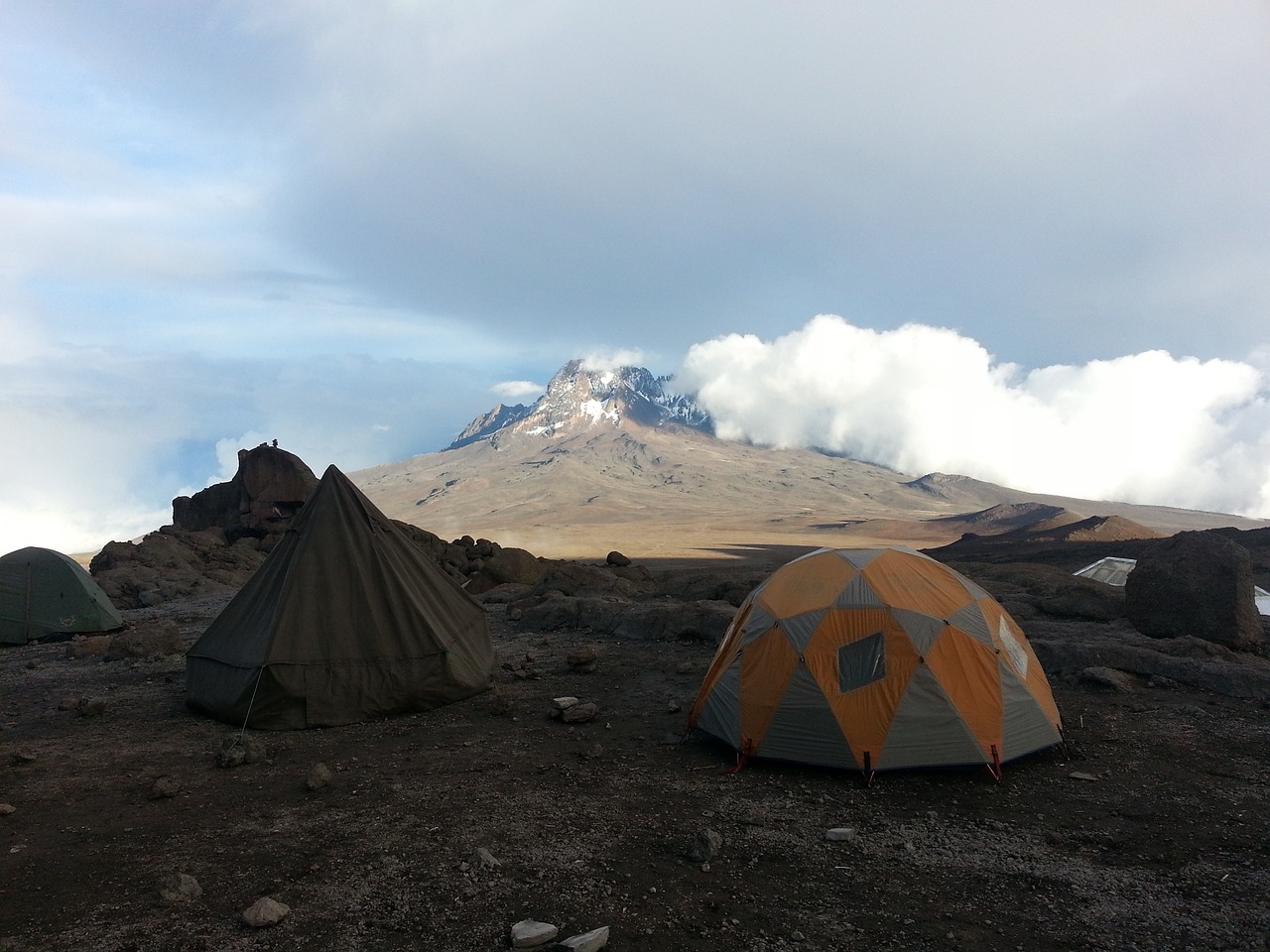Basic Equipments
1- Daypack:
Your main gear will be carried by a porter (up to 15kg) .You will need to carry your own daypack. 30-40L is sufficient. We recommend Osprey daypacks.
Waterproof duffle bag: To carry your main gear we recommend using a 80-90L duffle bag. Large rucksacks (>65L) can also work.
2- Sleeping bag:
You will need a 4-season or -20 Deg C sleeping bag and compression sack. We recommend Mountain Hardwear or The North Face sleeping bags. You can hire sleeping bags from our team in Tanzania
3- Trekking poles:
Trekking poles can reduce the impact on your joints by up to 20%. They are great for going down Kili! We recommend adjustable Black Diamond trekking poles
4- Water bladder / bottles:
Capacity to carry 3 litres of water. Options: 2 x 1.5 litre wide mouth nalgene bottles or 2 litre platypus + 1 litre water bottle. Note that disposable plastic bottles are not permitted on Kilimanjaro
5- Neck gaiter or scarf:
It can get dusty on Kilimanjaro. We recommend bringing a neck gaiter or bandana. The most versatile options are made by Buff or Hoo-Rag Headwear
HEAD
1- Warm beanie style hat:
Go for a version of a beanie that is either knitted or fleeced for extra warmth. The North Face, Berghaus and Columbia all make good outdoor beanies
Sun hat: Preferably go for a hat that is wide-brimmed for protection, and has a neck cover if you aren’t going to be wearing a neck gaiter
2- Headlamp:
You will need a headlamp with good light output for any late night toilet journeys, and importantly for summit night. Petzl make market-leading and affordable headlamps
3- Sunglasses:
Choose a pair of high UV protection glasses as sun intensity above 4,500m is very high. Julbo are a great mountain sunglass brand but any brand with high UV protection will suffice
HANDS AND FEET
1- Warm gloves or mittens:
For the cold nights and for the summit push we recommend heavyweight, insulated, preferably water resistant gloves. The North Face and Black Diamond are recommended brands
Lightweight Gloves: For lower slopes we recommend lightweight, fleece or quick drying fabric gloves. Berghaus and The North Face make good lightweight gloves
2- Trekking boots:
We recommend using a mid-weight trekking boots with good ankle support. Recommended brands include: Salomon, Scarpa, Hi-Tec and Merrell
Training shoes: To wear around camp after a day’s trek we recommend bringing a pair of training shoes or sandals
3- Socks:
3-4 pairs of outer socks and 2-3 pairs of liner socks. We also recommend bringing 1 x thick thermal socks for summit night. Merino wool is the best material and Bridgedale or Smartwool make good trekking socks
4- Gaiters:
Help keep your trousers clean in wet and muddy or dusty conditions.
Upper Body
1- Thermal base layer:
1 x thermal base layer, ideally made from merino wool. Recommended brand is Icebreaker
2- Short sleeved shirt:
2 x lightweight, moisture wicking short sleeved shirts. Recommend brands include Icebreaker, Under Armour, Columbia, Berghaus
3- Long sleeve shirt:
Go for a light or medium weight, moisture wicking long sleeve shirt (x2). Icebreaker, Berghaus and Under Armour make great breathable trekking shirts.
Fleece or soft shell jacket: A mid-weight polartec fleece jacket is ideal for Kilimanjaro. Berghaus, Helly Hansen and The North Face all make great fleeces
4- Insulated jacket:
A good quality and warm down or primaloft jacket is required for the cold nights and summit push. Recommended brands include The North Face, Rab, Arc’Teryx and Mountain Hardwear
5- Hard shell outer jacket:
A water/windproof hard shell outer jacket to protect you from the elements. Goretex material is best. Recommended brands include The North Face, Arc’teryx, Berghaus and Mountain Hardwear
Legs
1- Leggings:
Thermal or fleece base layer for your legs. Merino wool is preferable. Recommend brand is Icebreaker.
2- Trekking trousers:
Light or medium weight (x1) trekking trousers. Convertible trousers are an option. Recommended brands include Craghoppers and Columbia
3- Hard shell trousers:
To protect yourself from the elements you need a good pair of waterproof / windproof hard shell trousers. Ideally Gore-Tex. Patagonia, The North Face and Arc’Teryx all make good outer trousers
Other Bits and Bobs
1- Plug Adapter:
A plug adapter for charging your devices in the hotels before and after the trek. The standard voltage and frequency in Tanzania is 230 V and 50 Hz respectively. The power sockets that are used are of type D / G.
2- Camera and spare batteries:
Unless you are a keen photographer we recommend taking a good quality and lightweight point and shoot camera like the Panasonic Lumix.
3- Sun and lip screen:
High SPF sunscreen and lip protection balm
Recommended Options
4- Toothbrush and toothpaste:
Ideally travel size
Recommended Options
5- Personal snacks:
Boiled sweets, nuts, energy bars and dried fruit are all a good shout. Isotonic drink powder to mix in with your water improves flavor and helps replace electrolytes
6- Ear plugs:
For light sleepers. Snoring travels in quiet high altitude camps!
7- Wet wipes and hand sanitizer:
Staying clean on Kilimanjaro is a challenge. Wet wipes and hand sanitizer are a huge help.
8- Pee bottle (optional):
Useful for the ladies, but not a requirement

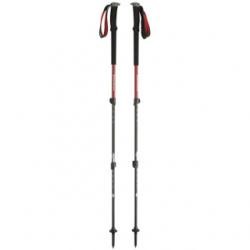
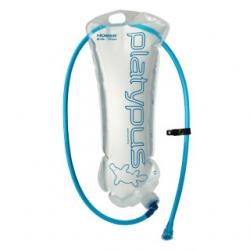
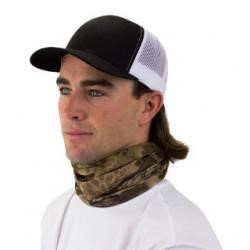
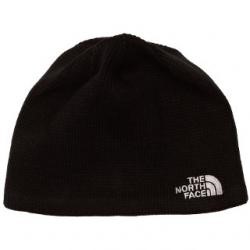
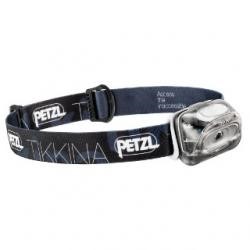
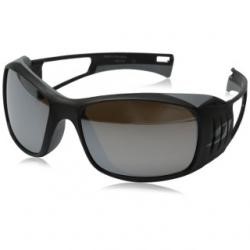
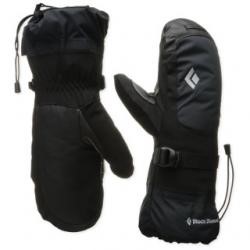
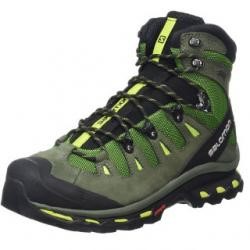

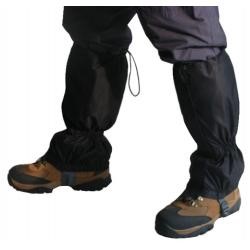
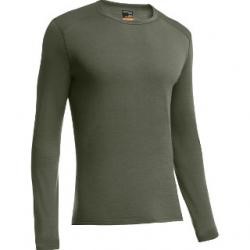
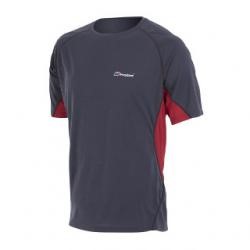
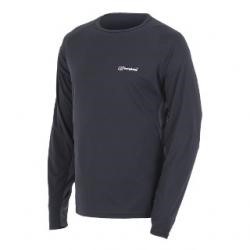
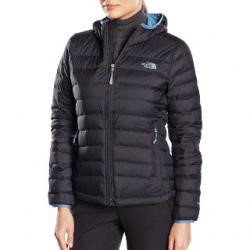
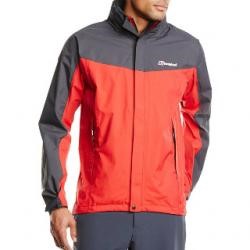
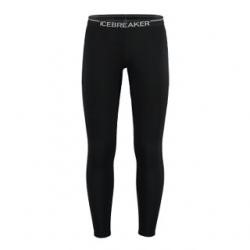
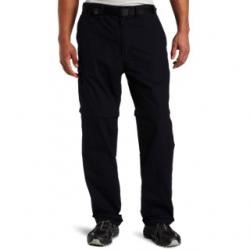
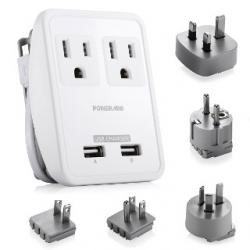
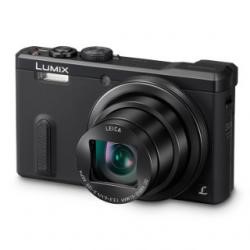
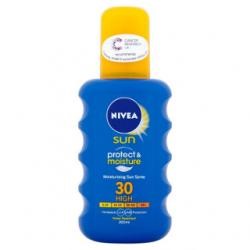
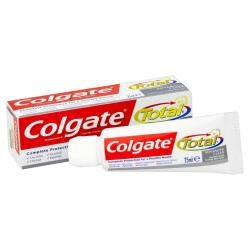
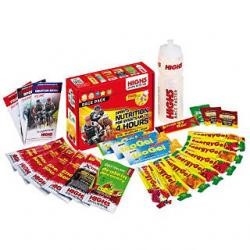
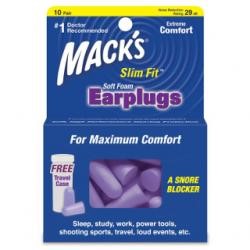
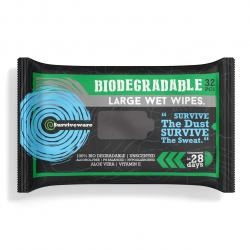
.jpg)
